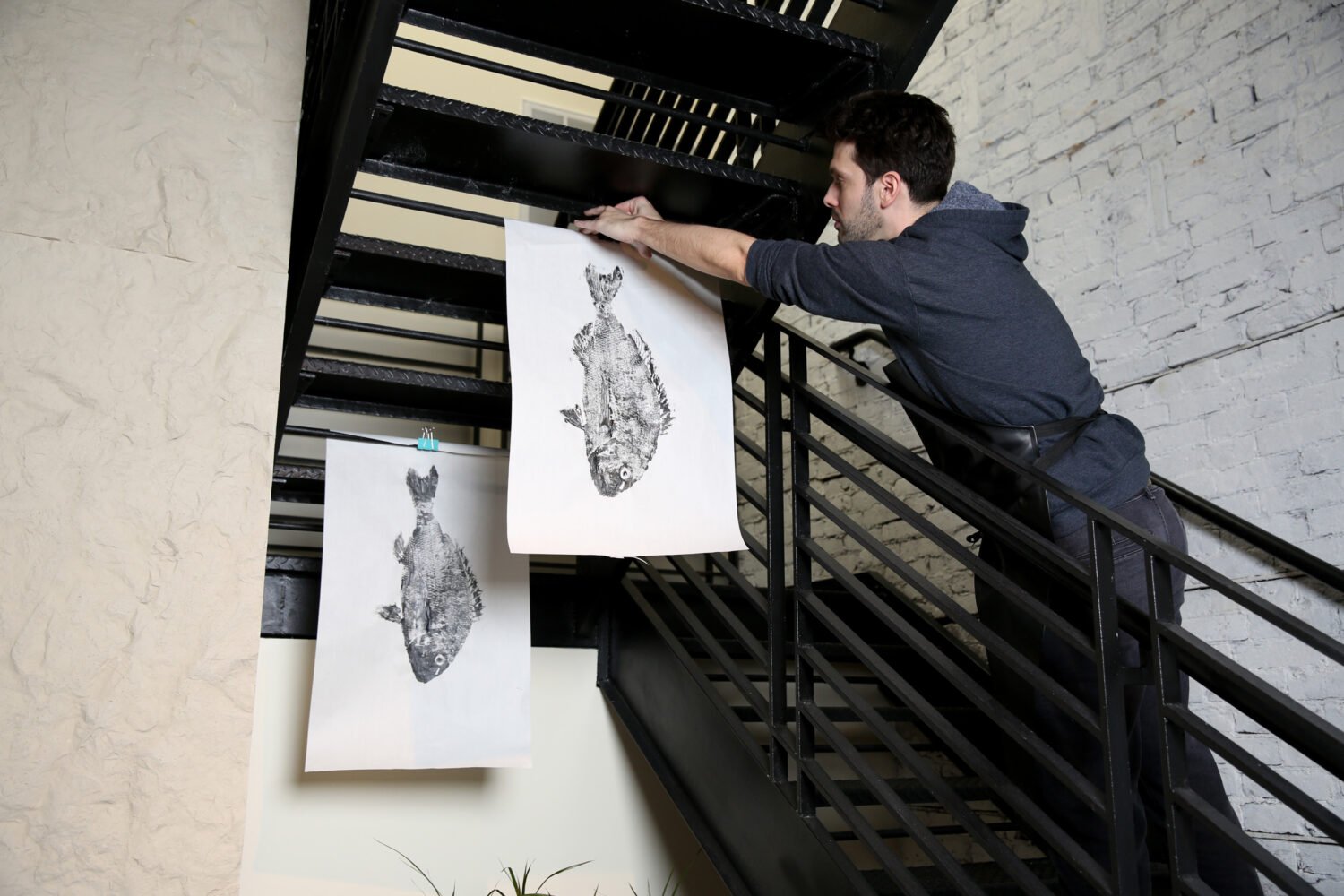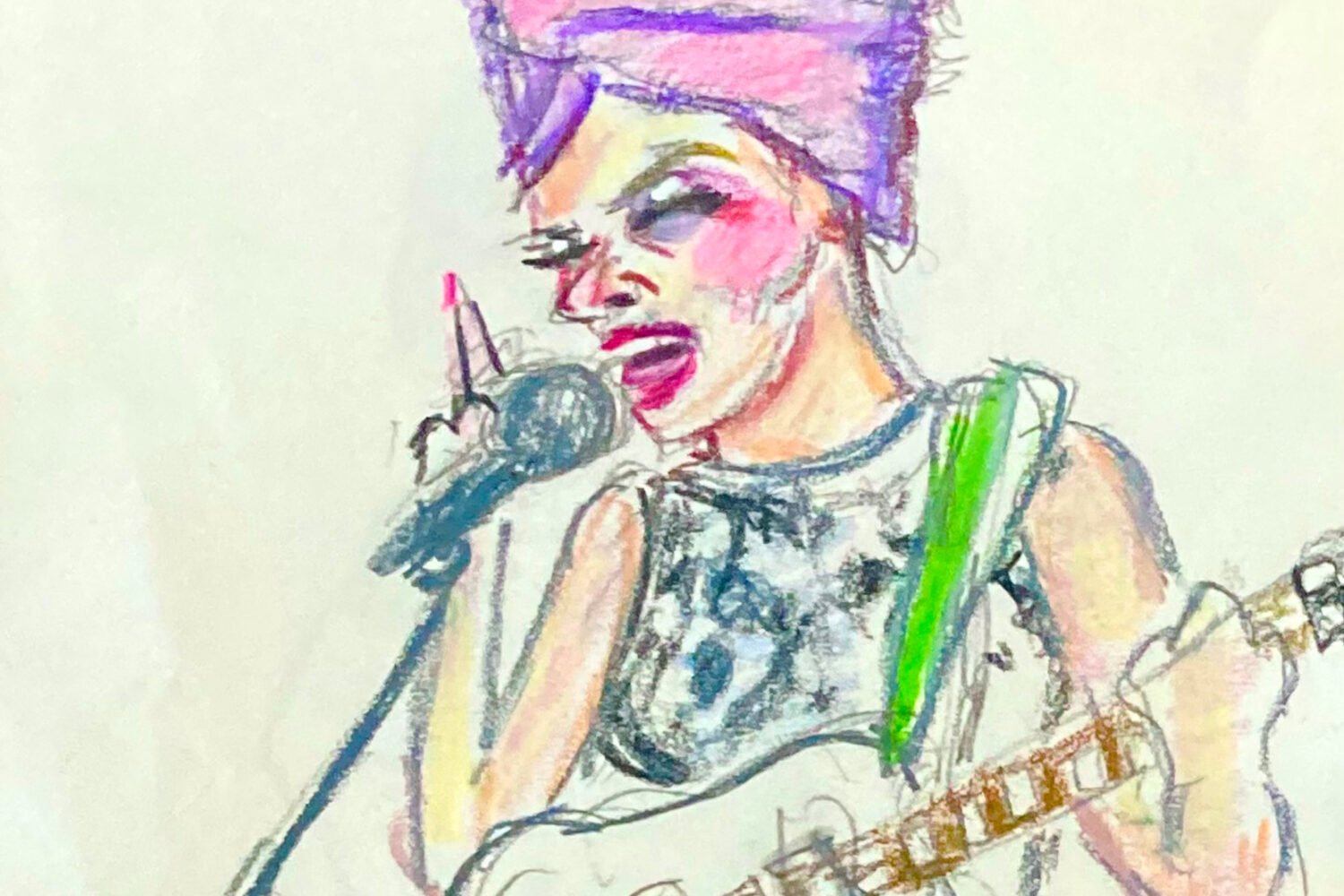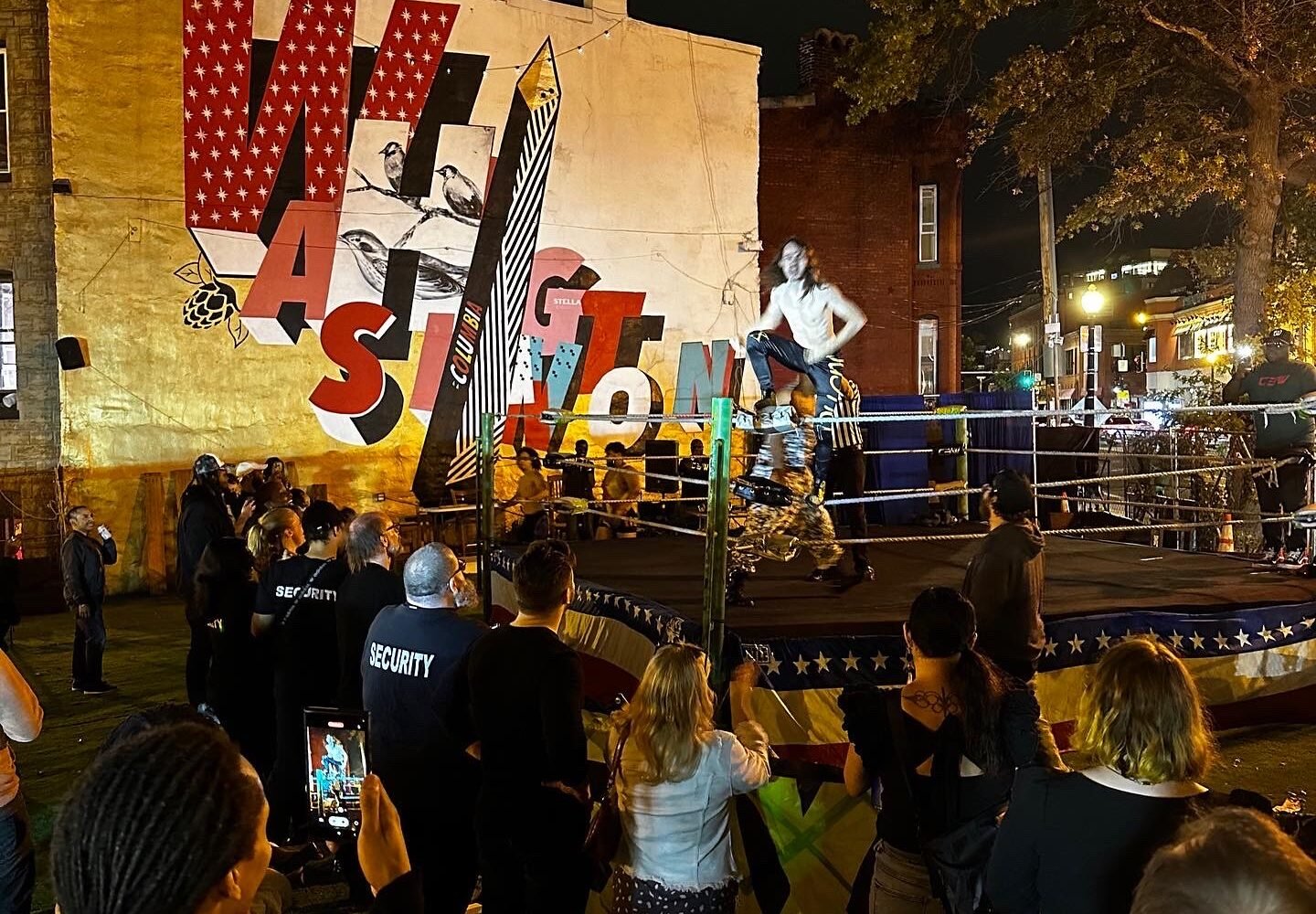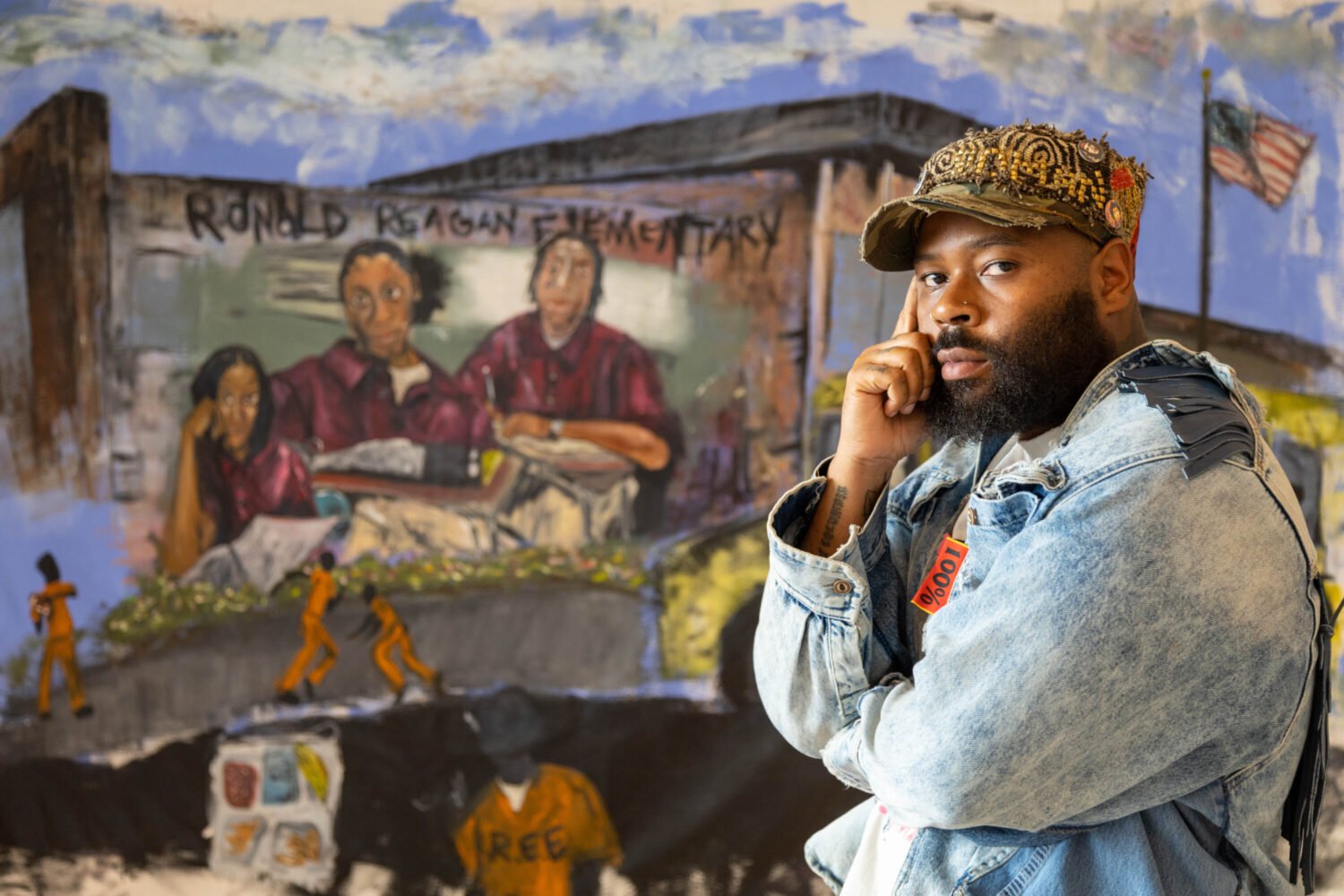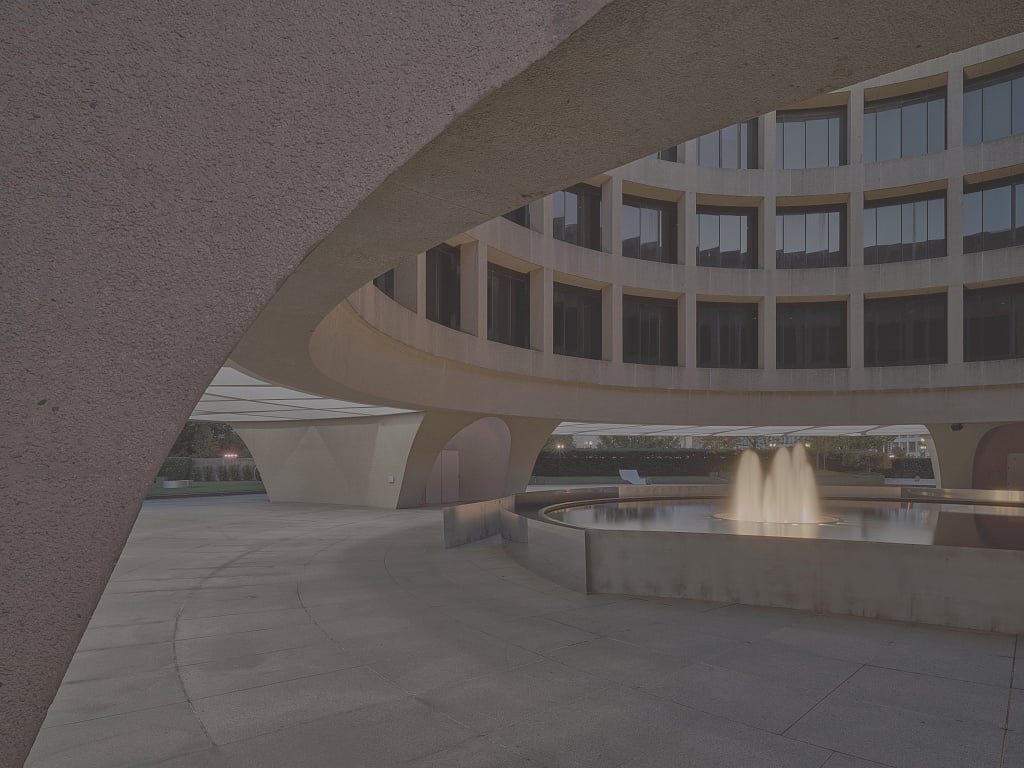While the use of emergency street phones in cities has declined in the past century, you can still find abandoned, cast-iron call boxes around DC. Thanks to the DowntownDC Business Improvement District, the rusted ringers have been restored—and then some.
In advance of the 100th anniversary of women’s suffrage in 2020, the city unveiled eight refurbished call boxes with bronze relief portraits to honor prominent women who helped to shape the capital’s history. The figures include blues-and-gospel musician Flora Molton, the co-founder of the DC Statehood Party Josephine Butler, and longtime Washington Post publisher Katharine Graham.
“There’s a lot going on in this town that females are behind, and it just doesn’t get said. It’s about time,” said Kenneth Hendrix, a metalworker who restored and repaired the call boxes.

It took some effort to restore the call boxes yet keep their historical look intact. Old paint was stripped away to make way for bold color schemes. The columns’ missing bottoms were recreated to look like the originals by fabricating stainless-steel rods, while stainless-steel plates were installed to protect each bronze piece from weathering.
The project was funded through a grant by the DC Commission on Arts and Humanities, which commissioned original artwork by local artist and architect Charles Bergen. District teens in the Marion S. Barry Youth Employment Program helped Bergen with the artwork.
“They were really talented artists,” said Bergen. “To create nine artworks like this in six weeks is really a challenge.”
Selecting local women to honor was easier: DC historian Mara Cherkasky says she provided the project with a list of prominent women who had worked, lived, and been associated with the city and its call-box locations, in “five minutes.”
“Of all the public sculptures in Washington, most of them are men on horses, military figures,” said Cherkasky. “Only three or four of them are women who were real women. There’s plenty of angels and allegorical figures with flowing gowns, but they aren’t real people.”
Although nine profiles were commissioned, the project is working on finding a new location for Elizabeth Hamilton, the widow of Alexander Hamilton. Here are the other eight women and where you can find their profiles.
Josephine Butler, a community activist who cofounded the DC Statehood Party (14th and K streets, NW).
Katharine Graham, the longtime publisher of the Washington Post (15th and L streets, NW).
Julia Ward Howe, an abolitionist, suffragist, and author of the lyrics for the “Battle Hymn of the Republic” (14th and F streets, NW).
Elizabeth Hobbs Keckley, a seamstress and activist who bought her own freedom from slavery and had clients such as Mary Todd Lincoln (Vermont Avenue and K Street, NW).
Flora Rollins Molton, a blues-and-gospel musician (13th and G streets, NW).
Alice Stokes Paul, a suffragist and leader of the National Woman’s Party (14th and E streets, NW).
Mary Church Terrell, a civil rights activist and suffragist (14th and G streets, NW).
Alma Woodsey Thomas, a prominent artist and educator (13th and G streets, NW).








